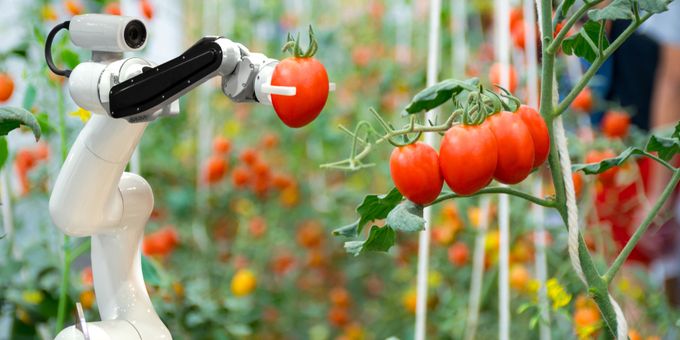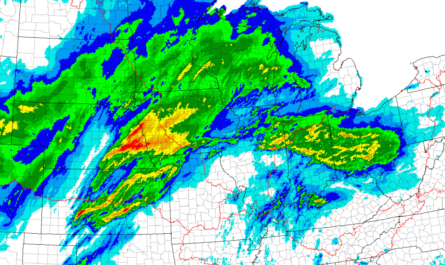The agriculture industry has relied on manual labor for fruit harvesting for generations. However, with advancements in robotics and automation, this process is undergoing a revolution. Growers are increasingly turning to fruit picking robots as a solution to labor shortages and rising wages. These robots have the potential to boost produce yields while reducing costs.
Early Adoption
Some pioneering growers have already adopted early generations of fruit picking robots over the last decade. One of the earliest successes was at a Japanese apple orchard in the early 2010s. The “Smart Harvest Robot” developed by Okata could pick up to 50 apples per hour with over 90% accuracy. Since then, robots have progressed to harvesting more delicate fruits like berries, grapes and cherries with improved gripping and delicate harvesting techniques. In Europe, facilities like Strawbear in the UK have harvested tens of thousands of strawberries commercially using robots. In North America, farmers are leasing orange harvesting robots from companies like Abundant Robotics to harvest citrus orchards. These early adopters have seen labor costs reduced by over 30% through robot adoption.
Improved Accuracy and Efficiency
As trials broaden, Fruit Picking Robots are proving to be far more accurate than human pickers in discriminating ripe produce from those needing more time on the vine. Computer vision systems onboard the robots can analyze fruit color, size, firmness and more parameters to determine optimal ripeness. This selectivity means much less is left unharvested or picked too early. Studies have found harvesting accuracy rates now exceed 95% for most robots compared to 70-80% for human crews. Robots can also harvest around the clock without breaks, often completing harvests 50-100% faster than workers. Their efficiency is transforming traditionally labor-intensive crops into more viable business models.
Heading Towards Commercial Scale
Produce growers are increasingly ready to adopt fruit harvesting robots on a commercial scale, if the technology proves reliable and cost-competitive. Major players like Abundant Robotics, Agrobot, Dogtooth Technologies and Deepfield Robotics now have field robots harvesting dozens of acres of fruits across the globe. They aim to drive the per-acre costs below that of hiring farm workers within 1-2 years as scaling continues. Researchers project over 200,000 agricultural robots could be in use globally by 2025, up from under 20,000 currently. Adoption will be driven by both labor shortages as well as sustainability goals to reduce chemical spraying and maximize harvest yields. Early movers stand to gain significant competitive advantages with lower costs and improved product quality.
New Challenges and Opportunities
While the future of robotic harvesting looks bright, new challenges must still be overcome. Coordinating fleets of robots across large orchards and vineyards requires advanced logistics and fleet management abilities. Developing robotic systems that can function safely alongside humans in outdoor environments poses unique regulatory hurdles as well. Weather resilience, energy requirements and long-term maintenance costs are other factors that will determine wider adoption rates. On the other hand, robots open up new opportunities in specialty crops that were previously uneconomical due to high labor needs like berries, tree nuts and exotic fruits. With the pace of advancement, a fully robotic fruit harvesting future may no longer be science fiction within this decade.
Impact on Agriculture Industry
Widespread adoption of fruit picking robots promises far-reaching impacts throughout the agriculture industry. For growers, higher harvest yields combined with reduced costs could translate to profitability even with smaller acreage. Labor shortages plaguing some regions may become less severe. Entire produce categories may experience lower retail pricing, improving accessibility. At the same time, displacements of seasonal farm jobs could present both economic and social challenges in rural communities unless alternate employment is created. Packaging, cold storage, and logistics operations would also evolve to support year-round harvesting rather than seasonal peaks. Overall, robotic harvesting has potential to trigger profound changes shaping the future of global agriculture. Countries investing heavily in this technology may gain competitive trade advantages as early adopters as well.
*Note:
1. Source: Coherent Market Insights, Public sources, Desk research
2. We have leveraged AI tools to mine information and compile it



